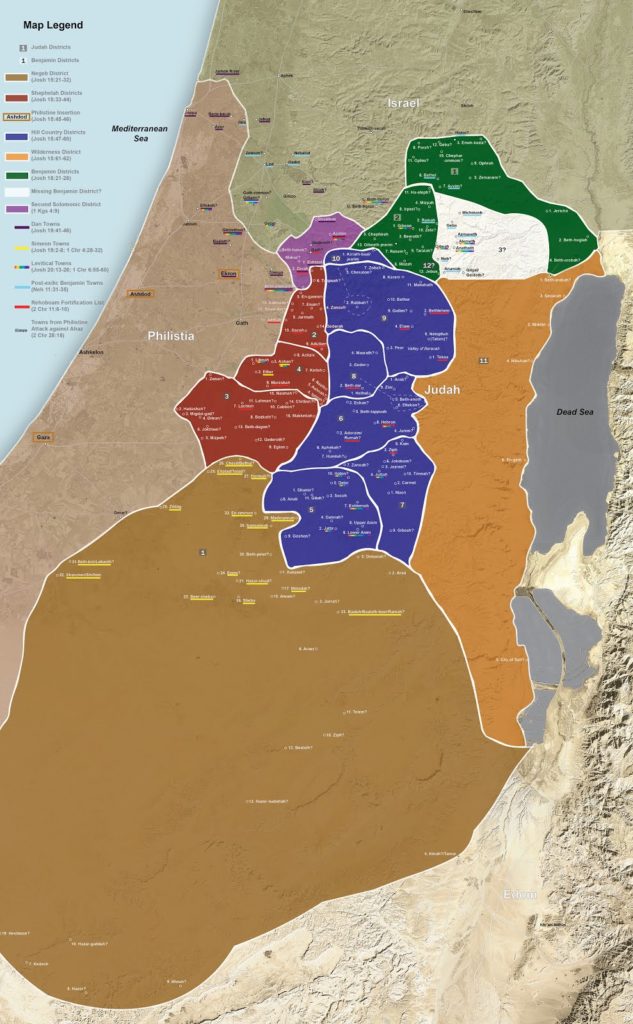A leaked report of a scan of King Tut’s tomb suggests that there are no hidden chambers. A few days earlier, scholars at a conference disagreed on the significance of radar scans.
Three tombs on the west bank of the Nile in Luxor are being opened to the public for the first time.
The symphony orchestra of the St. Petersburg Mariinsky Theater performed in the Roman theater of Palmyra recently.
Of 28 Egyptian obelisks standing today, only 6 are in Egypt. That’s one of many interesting facts about obelisks in a WSJ article that is based on a book by Bob Brier entitled Cleopatra’s Needles.
The collapse of one of the walls of Solomon’s Pools has raised concern that the entire pool could be in danger.
If you’ve never visited the site of ancient Dan, this article is a terrific introduction, drawing out the biblical history, making sound application, and illustrating with numerous photos.
A new 15-volume series entitled the Dead Sea Scrolls Editions will be published by Brill.
The ASOR Archive Photos of the Month is an easy way to revisit the past.
Archaeologists have discovered the weight-loss diary of the prophet Daniel, according to a report in the Babylon Bee.
HT: A.D. Riddle, Joseph Lauer, Agade


